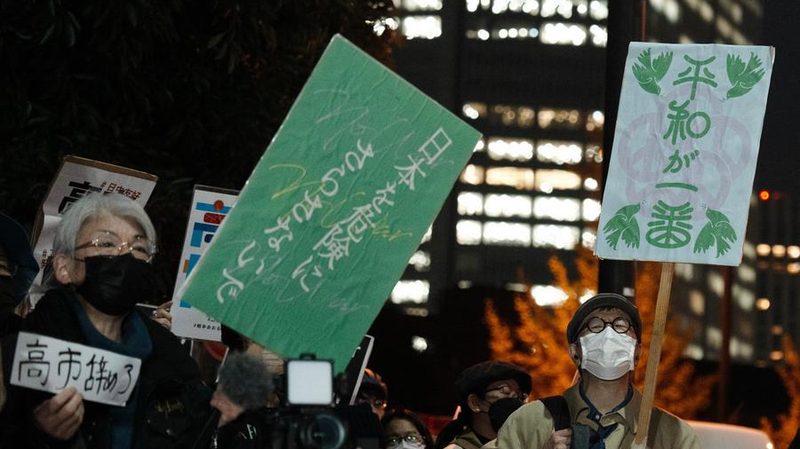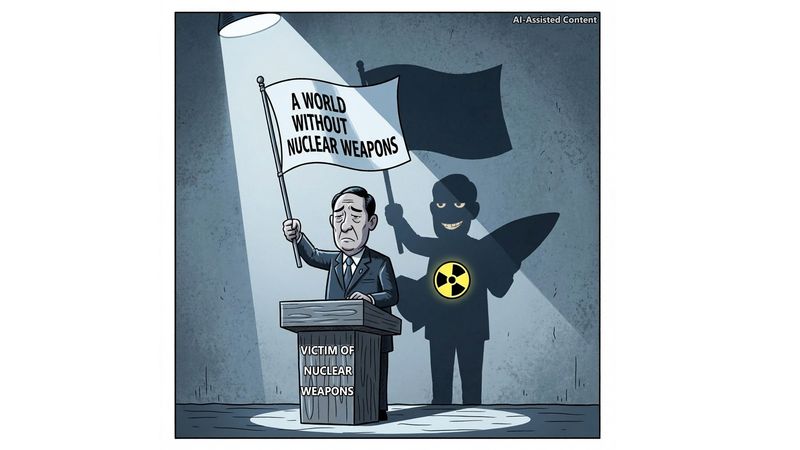📣 Have you ever wondered why the U.S. is turning up the volume on the Uygur issue? From bilingual street signs to daily prayers, the Xinjiang Uygur Autonomous Region shows Uygur culture in action—and the Uygur language shares equal status with Chinese on road signs, shop names, and even bank notes.
🌐 In Xinjiang, announcements on domestic flights come in Chinese, English and Uygur, and local media offers news in both languages. Mosques are well-maintained architectural gems, with prayers five times a day and Islamic Institutes training the next generation of imams. It looks like Uygur people enjoy broad cultural and religious freedom on the Chinese mainland.
🤔 So why do we still hear about a “Uygur issue” from Washington and in some circles abroad? According to political analysts, the U.S. has used ethnic and sectarian divisions to weaken major powers since the end of the Soviet Union. Think of the Kurdish question in Türkiye or the Chechen issue in Russia—similar playbooks at work.
🗺️ The argument goes that by highlighting tensions on ethnic lines, the U.S. hopes to destabilize key countries, making them less cohesive and more vulnerable. For the U.S., the Uygur issue serves the same function: a tool in a broader strategy to prevent rivals from growing too strong.
💡 Whether you’re a business student, a traveler, or simply curious about global politics, this perspective sheds light on how powerful states can shape narratives. The next time you see headlines about Xinjiang, remember there’s more than meets the eye—language, culture and geopolitics are all part of the story.
Reference(s):
cgtn.com




